Filter by
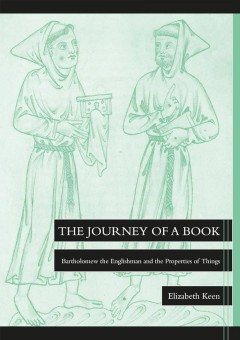
The Journey of a Book : Bartholomew the Englishman and the Properties of Things
De proprietatibus rerum, ‘On the properties of things’, has long been referred to by scholars as a medieval encyclopedia, but evidence suggests that it has been many things to many people. The sheer number of extant manuscript copies and printed editions, along with translations, adaptations, and mentions in poems and sermons, testify to its continuous significance for Europeans of all esta…
- Edition
- -
- ISBN/ISSN
- 9781921313073
- Collation
- -
- Series Title
- -
- Call Number
- 800 KEE j

Jane Austen, Virginia Woolf and Worldly Realism
Austen and Woolf are materialists, this book argues. "Things" in their novels give us entry into some of the most contentious issues of the day. This wholly materialist understanding produces worldly realism, an experimental writing practice which asserts egalitarian continuity between people, things and the physical world. This radical redistribution of the importance of material objects and b…
- Edition
- -
- ISBN/ISSN
- 9781474419130
- Collation
- 256 halaman
- Series Title
- -
- Call Number
- 800 MOR j
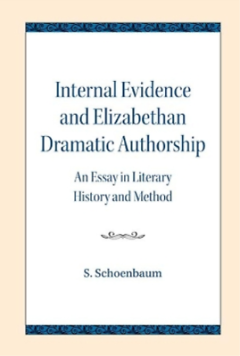
Internal Evidence and Elizabethan Dramatic Authorship : An Essay in Literary …
Internal Evidence and Elizabethan Dramatic Authorship provides one the earliest attempts to write a theoretical method for evidence within plays to help determine authorship or to help distinguish the work of one author from another. Samuel Schoenbaum’s study remains valuable, for the attempt to attribute unattributed plays to one or another author remains an ongoing conversation within early…
- Edition
- -
- ISBN/ISSN
- 9780810138674
- Collation
- 304 halaman
- Series Title
- -
- Call Number
- 800 SCH i

Uneven Futures: Strategies for Community Survival from Speculative Fiction
Essays on speculative/science fiction explore the futures that feed our most cherished fantasies and terrifying nightmares, while helping diverse communities devise new survival strategies for a tough millennium. The explosion in speculative/science fiction (SF) across different media from the late twentieth century to the present has compelled those in the field of SF studies to rethink the…
- Edition
- -
- ISBN/ISSN
- 9780262370172
- Collation
- -
- Series Title
- -
- Call Number
- 808 UNE
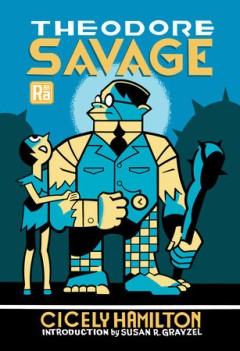
Radium Age Theodore Savage
From one of the earliest feminist science fiction writers, a novel that envisions the fall of civilization—and the plight of the modern woman in a post-apocalyptic wilderness. When war breaks out in Europe, British civilization collapses overnight. The ironically named protagonist must learn to survive by his wits in a new Britain. When we first meet Theodore Savage, he is a complacent civ…
- Edition
- -
- ISBN/ISSN
- 9780262373616
- Collation
- -
- Series Title
- -
- Call Number
- 808 HAM t

The Lost World and The Poison Bel
A heart-stopping adventure tale featuring a brilliant scientist—as insufferably pompous as Doyle's most famous character—and his unlikely trio, and its apocalyptic sequel. In 1912, the creator of Sherlock Holmes introduced his readers to yet another genius adventurer, Professor Challenger, who in his very first outing would journey to South America in search of... an isolated plateau cra…
- Edition
- -
- ISBN/ISSN
- 9780262373784
- Collation
- -
- Series Title
- -
- Call Number
- 808 DOY t
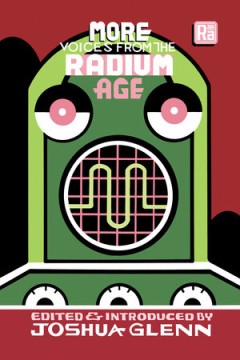
More Voices from the Radium Age
An essential collection of proto–science fiction stories that reveals the diverse literary milieu out of which the sci fi genre emerged. A planetary escape pod, an alien body-snatcher, an underground Alaskan city, and a war between the sexes in Atlantis! These are just a few of the outré elements you'll find in More Voices from the Radium Age, a showcase of proto–science fiction edited …
- Edition
- -
- ISBN/ISSN
- 9780262376075
- Collation
- -
- Series Title
- -
- Call Number
- 808 GLE m
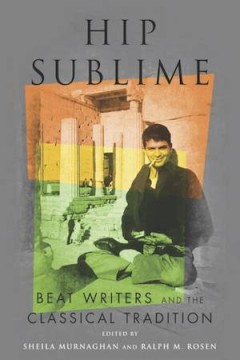
Hip Sublime : Beat Writers and the Classical Tradition
In their continual attempt to transcend what they perceived as the superficiality, commercialism, and precariousness of life in post-World War II America, the Beat writers turned to the classical authors who provided, on the one hand, a discourse of sublimity to help them articulate their desire for a purity of experience, and, on the other, a venerable literary heritage. This volume examines f…
- Edition
- -
- ISBN/ISSN
- 9780814213551
- Collation
- -
- Series Title
- -
- Call Number
- 800 MUR h
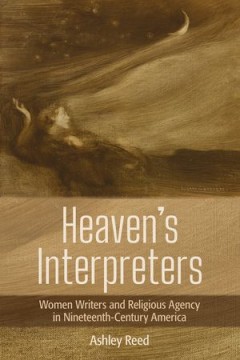
Heaven's Interpreters : Women Writers and Religious Agency in Nineteenth-Cent…
In Heaven's Interpreters, Ashley Reed reveals how nineteenth-century American women writers transformed the public sphere by using the imaginative power of fiction to craft new models of religious identity and agency. Women writers of the antebellum period, Reed contends, embraced theological concepts to gain access to the literary sphere, challenging the notion that theological discourse was e…
- Edition
- -
- ISBN/ISSN
- 9781501751387
- Collation
- -
- Series Title
- -
- Call Number
- 800 REE h
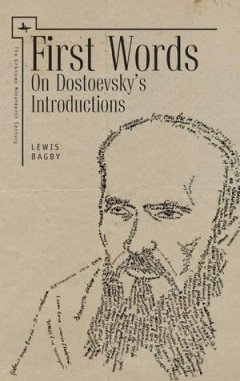
First Words : On Dostoevsky's Introductions
Dostoevsky attached introductions to his most challenging narratives, including Notes from the House of the Dead, Notes from Underground, The Devils, The Brothers Karamazov, and A Gentle Creature. Despite his clever attempts to call his readers' attention to these introductions, they have been neglected as an object of study for over 150 years. That oversight is rectified in First Words, the fi…
- Edition
- -
- ISBN/ISSN
- 9781618114822
- Collation
- -
- Series Title
- -
- Call Number
- 800 BAG f
 Computer Science, Information & General Works
Computer Science, Information & General Works  Philosophy & Psychology
Philosophy & Psychology  Religion
Religion  Social Sciences
Social Sciences  Language
Language  Pure Science
Pure Science  Applied Sciences
Applied Sciences  Art & Recreation
Art & Recreation  Literature
Literature  History & Geography
History & Geography